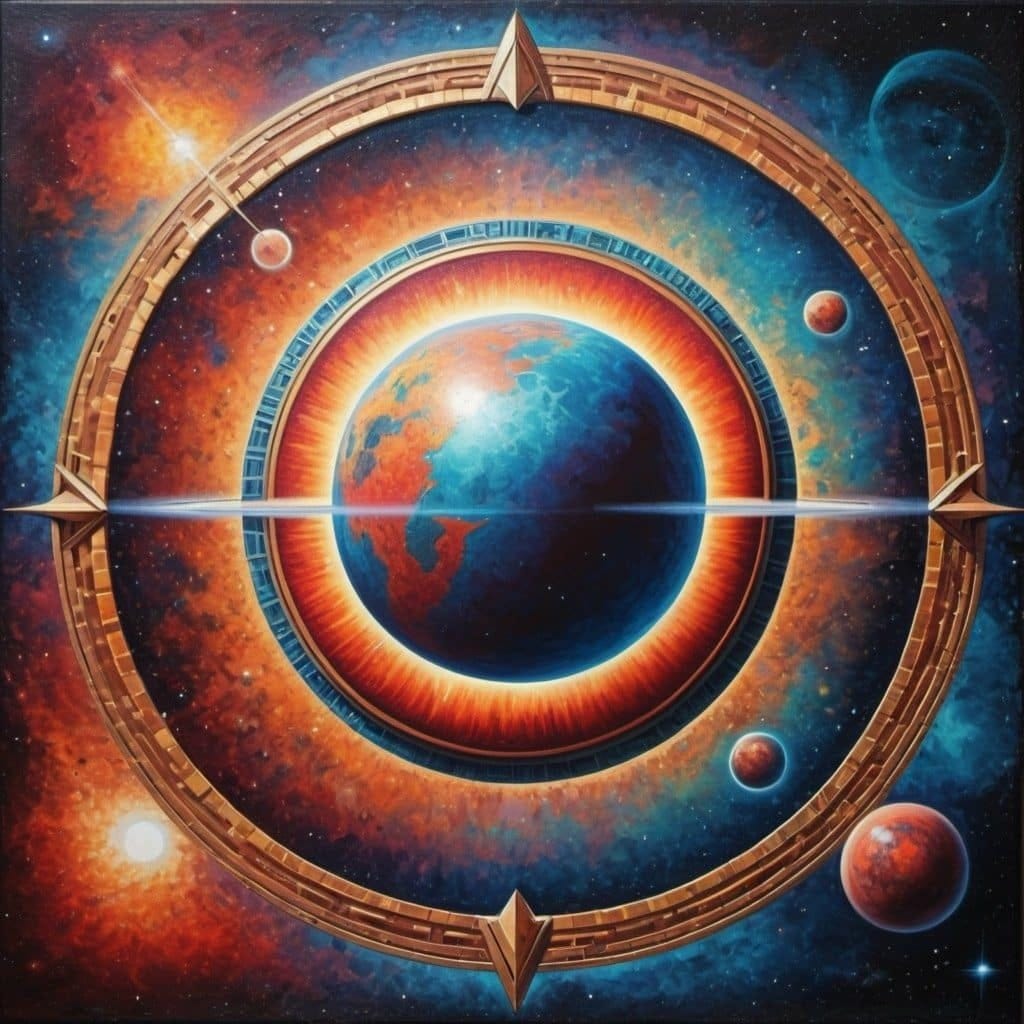The legend of Nibiru reaches deep into the cradle of civilization — the ancient lands of Mesopotamia, where humanity first looked up and tried to read the language of the stars.
On sun-baked clay tablets, scribes carved the paths of wandering planets and the deeds of gods who ruled them. Among those divine records, one name echoed with celestial weight: Nibiru.
In those earliest writings, Nibiru was not merely a star, but a cosmic gateway — a place of passage, a “crossing point” where the divine met the mortal. It was said to mark transitions of power and the turning of great ages. Over centuries, myth and observation began to intertwine: poetic symbols became literal beliefs, and stories of gods transformed into whispers of a hidden world.

Millennia later, the myth was reborn.
In 1983, NASA’s Infrared Astronomical Satellite (IRAS) captured a faint, cold object moving in the darkness beyond Neptune. The discovery stirred a storm of curiosity and fear. Could this be the lost planet of legend?
Scientists urged caution — early readings could be dust clouds, distant galaxies, or even a mirage of the instruments themselves. Yet the name Nibiru returned, burning bright in the public imagination.
In recent decades, astronomers studying the Kuiper Belt have found strange gravitational clues — subtle distortions that suggest something enormous lurks far beyond Pluto’s icy orbit. Some call it Planet Nine; others, more poetically, still whisper Nibiru.

Whether it is a scientific reality or a modern echo of an ancient myth, Nibiru continues to fascinate.
It stands at the crossroads of science and legend — a timeless reminder of humanity’s unending desire to uncover the unknown, to give a name to the darkness, and to find meaning among the stars.
